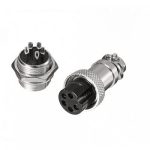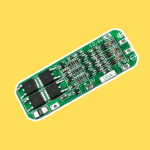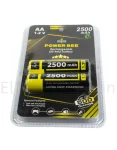Resistor Overview
Resistors are essential components in electronics, used to control current flow and adjust voltage levels. They come in various types and are identified by their resistance values and color codes.
Types of Resistors
Light dependent resistors (LDRs), including the light detecting resistor, are used in light-sensing applications. The LDR sensor full form is Light Dependent Resistor, and it plays a crucial role in circuits that detect light levels. An LDR circuit or LDR resistor circuit is designed to measure light intensity and adjust resistance accordingly. Thermistors, including the NTC (Negative Temperature Coefficient) thermistors, are used for temperature sensing and control.
Understanding Resistance
Resistance is a key property of resistors, measured in ohms. The resistance color code on resistors indicates their resistance value, which is critical for accurate circuit design. The color coding resistor system helps identify resistor values easily. Resistivity is a material property affecting resistance, and specific resistance relates to the resistance of a material per unit length.
Practical Applications
Resistors are used in various configurations, such as resistors in series and parallel, to achieve desired resistance levels. The resistance temperature device and resistance temperature detector are crucial for temperature measurement and control. Understanding the resistor color code calculator and rajistar color code can simplify the process of identifying resistor values.
Resistors are essential components in electronics, used to control current flow and adjust voltage levels. They come in various types and are identified by their resistance values and color codes.
Types of Resistors
Light dependent resistors (LDRs), including the light detecting resistor, are used in light-sensing applications. The LDR sensor full form is Light Dependent Resistor, and it plays a crucial role in circuits that detect light levels. An LDR circuit or LDR resistor circuit is designed to measure light intensity and adjust resistance accordingly. Thermistors, including the NTC (Negative Temperature Coefficient) thermistors, are used for temperature sensing and control.
Understanding Resistance
Resistance is a key property of resistors, measured in ohms. The resistance color code on resistors indicates their resistance value, which is critical for accurate circuit design. The color coding resistor system helps identify resistor values easily. Resistivity is a material property affecting resistance, and specific resistance relates to the resistance of a material per unit length.
Practical Applications
Resistors are used in various configurations, such as resistors in series and parallel, to achieve desired resistance levels. The resistance temperature device and resistance temperature detector are crucial for temperature measurement and control. Understanding the resistor color code calculator and rajistar color code can simplify the process of identifying resistor values.
By grasping these resistor concepts, you can effectively design and troubleshoot electronic circuits, ensuring optimal performance and reliability.





